
Clark Fork Delta
The Clark Fork Delta is a fabulous wetland feeding into Lake Pend Oreille. It's a spiritual place for the Kalispel Tribe, whose creation story says the tribe's ancestors came out of the Clark Fork River in a giant canoe. And it should be a rich biodiversity area, drawing waterfowl, owls, bats and other critters to feed on mosquitos and water insects. But the delta is melting away from dam operations upstream and downstream. Federal partners, working with Idaho Fish and Game, are spending $6 million to rebuild the delta.
Section:Picture story
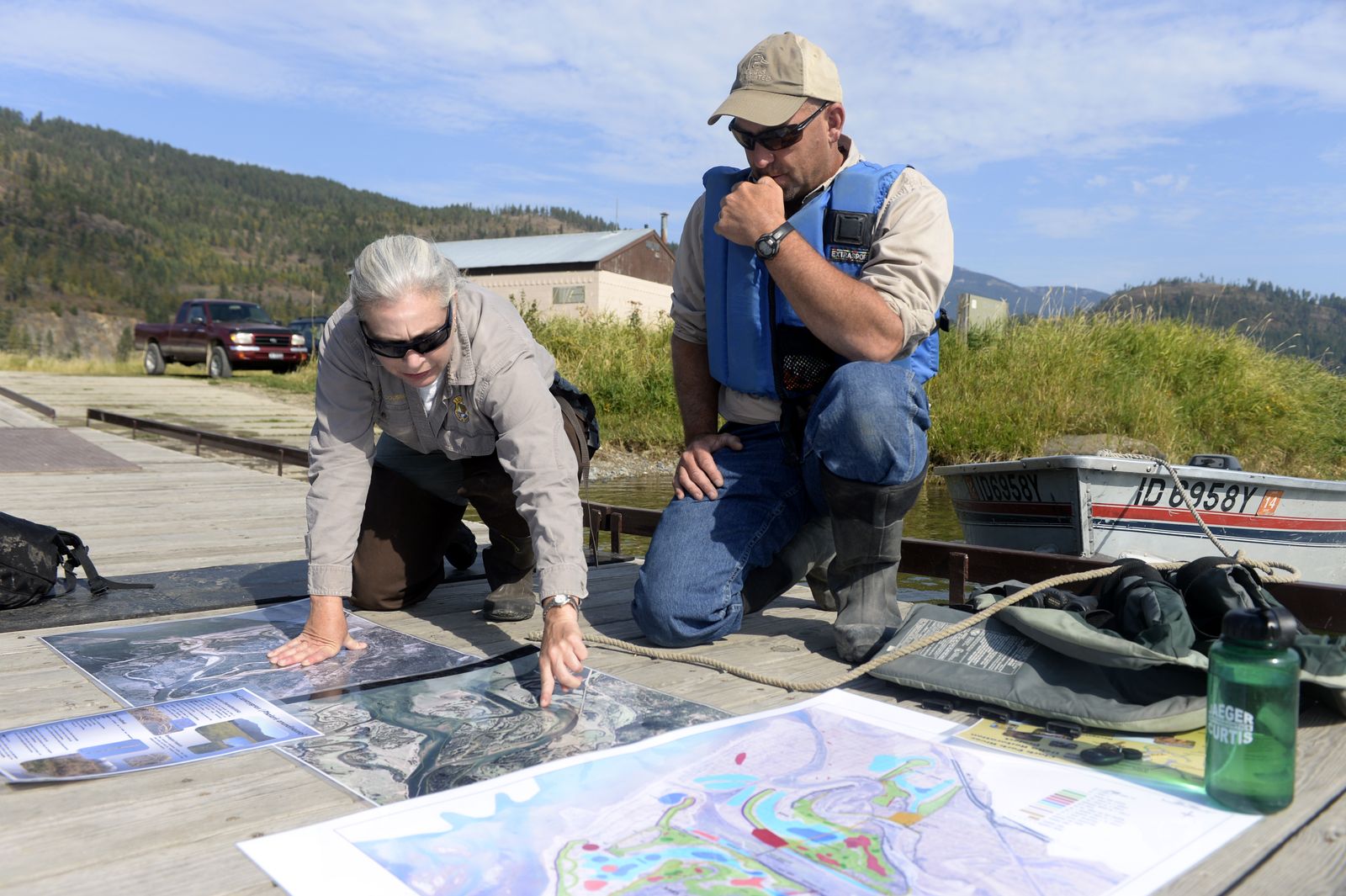
Katherine Cousins of the Idaho Department of Fish and Game and Brian Heck, an engineer for Ducks Unlimited, look at historical and contemporary aerial photos of the Clark Fork River delta, Monday, Sept. 22, 2014, before touring the area.
Jesse Tinsley The Spokesman-Review Buy this photo
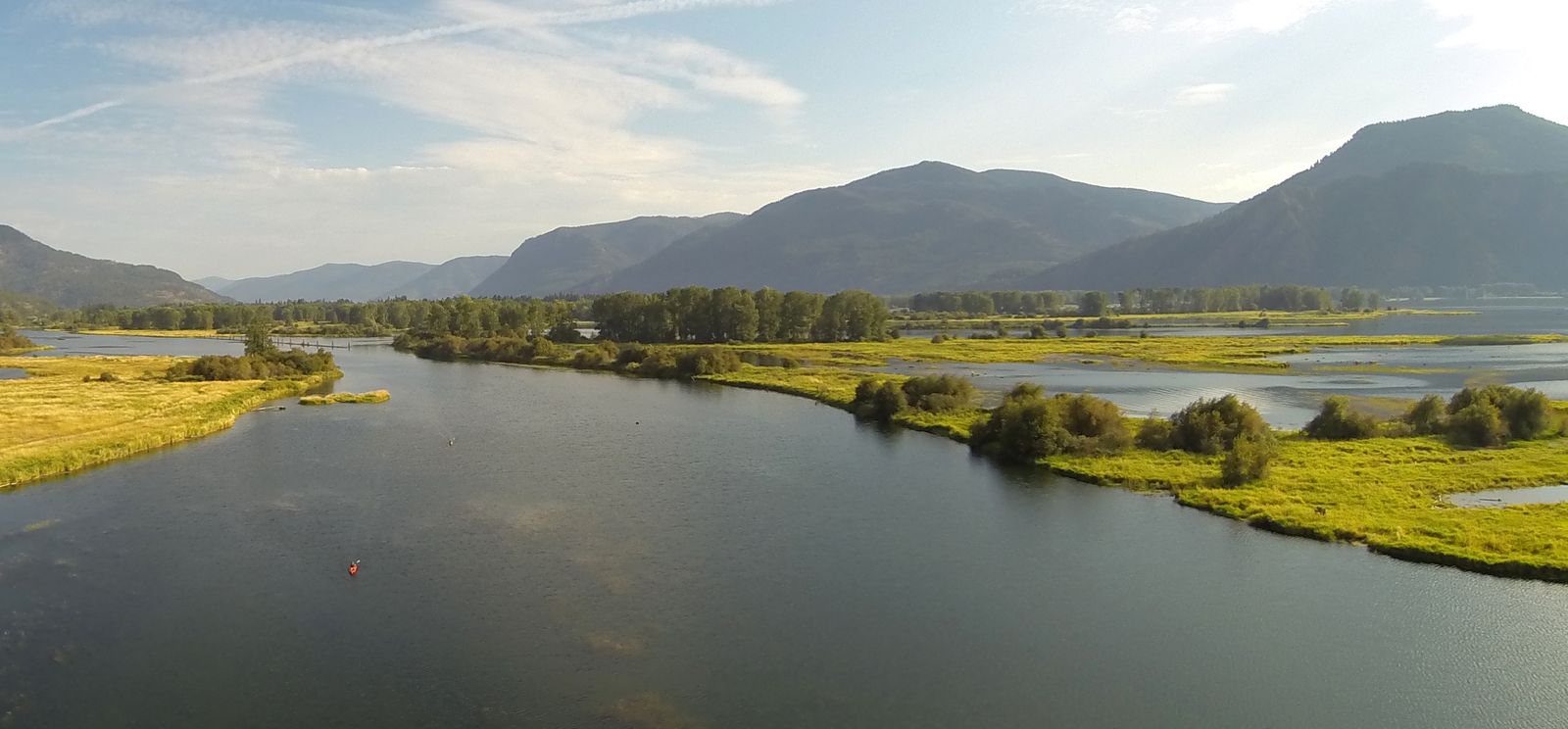
The Clark Fork River delta, where it empties into Lake Pend Oreille, is an area of low-lying islands and channels and a popular place for waterfowl hunters and kayak tourers.
Jesse Tinsley The Spokesman-Review Buy this photo
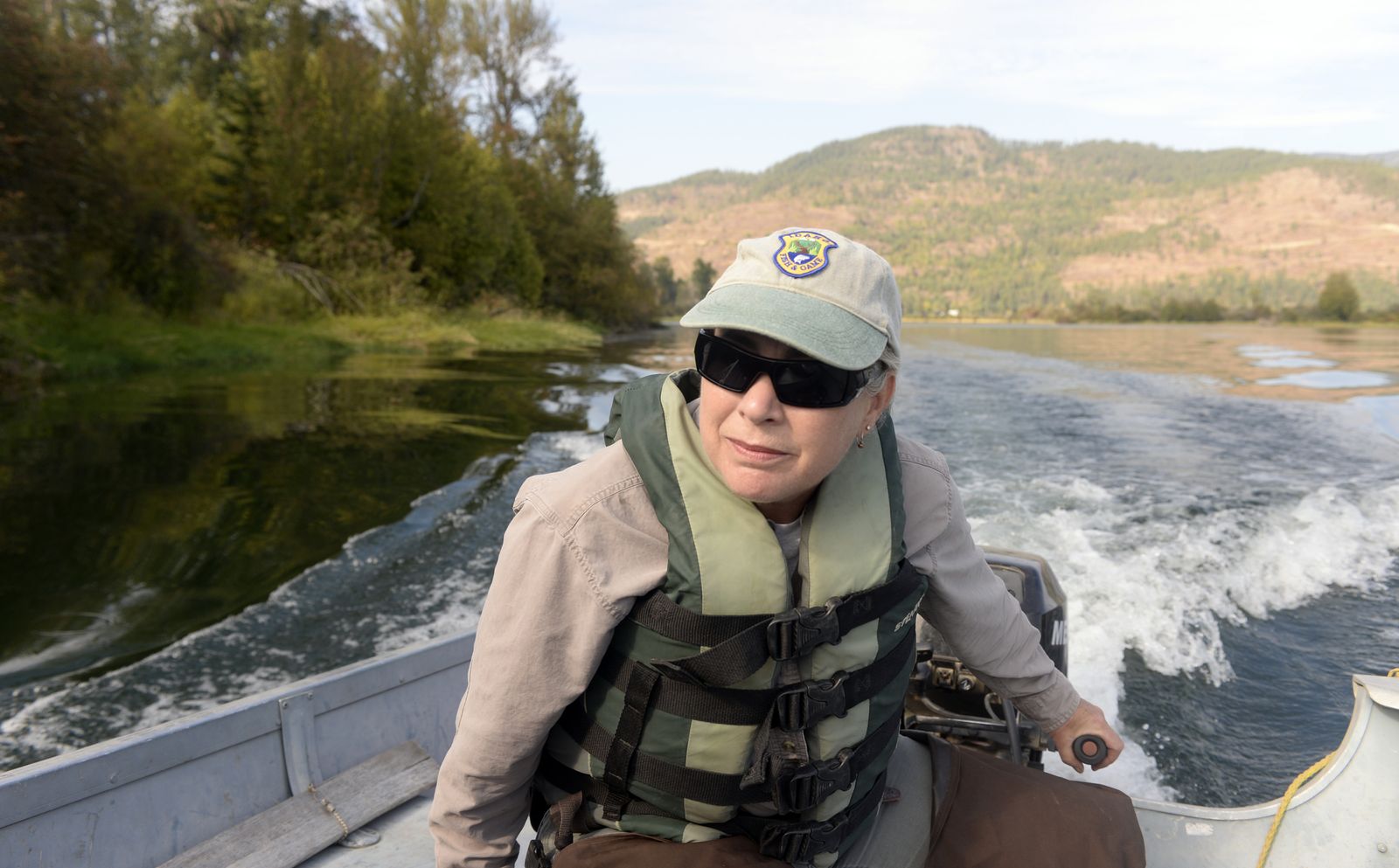
Katherine Cousins of the Idaho Department of Fish and Game motors through the Clark Fork River delta, Monday, Sept. 22, 2014, while touring the area.
Jesse Tinsley The Spokesman-Review Buy this photo
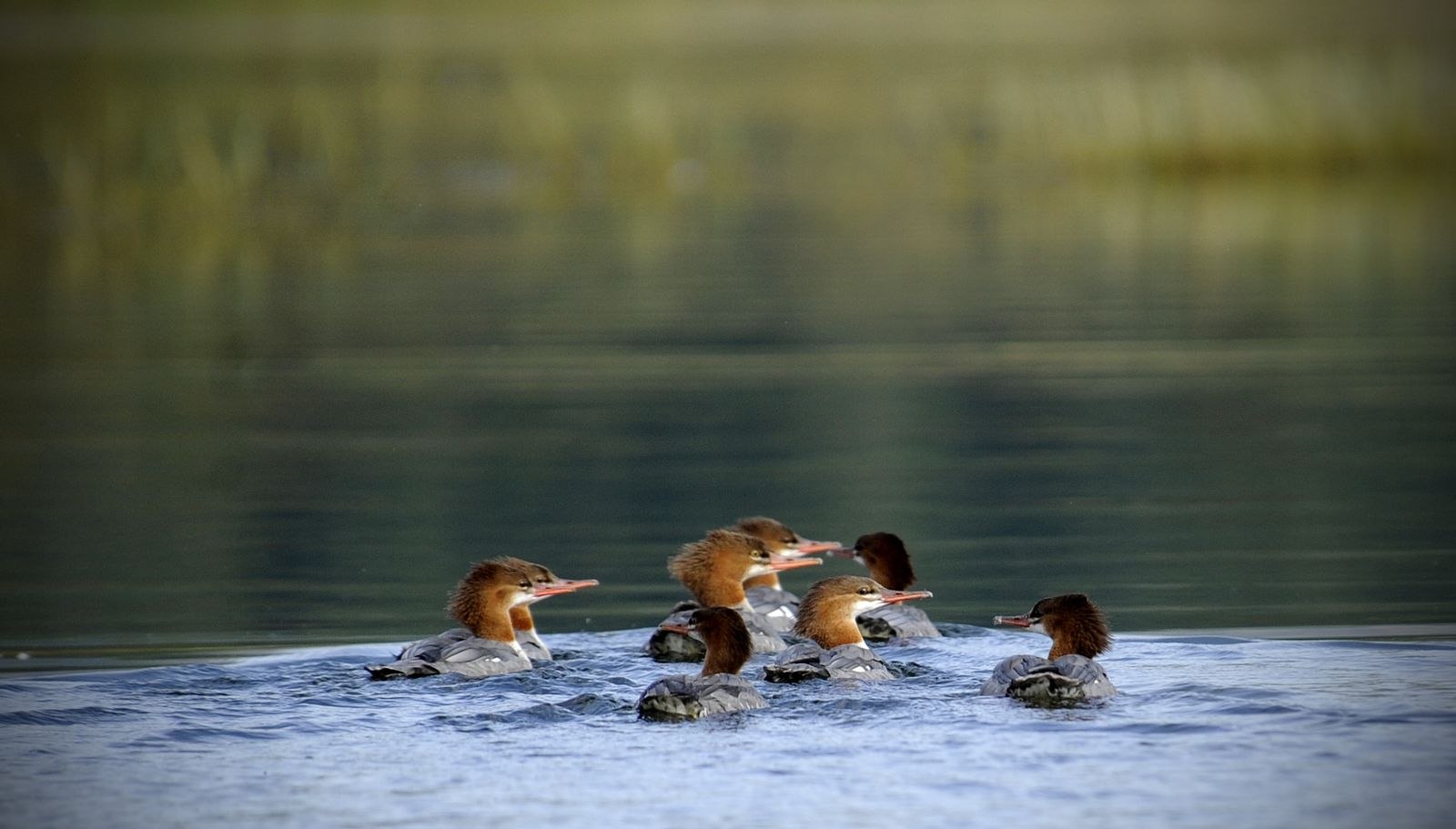
A group of common mergansers swim in the Clark Fork River delta, Monday, Sept. 22, 2014.
Jesse Tinsley The Spokesman-Review Buy this photo
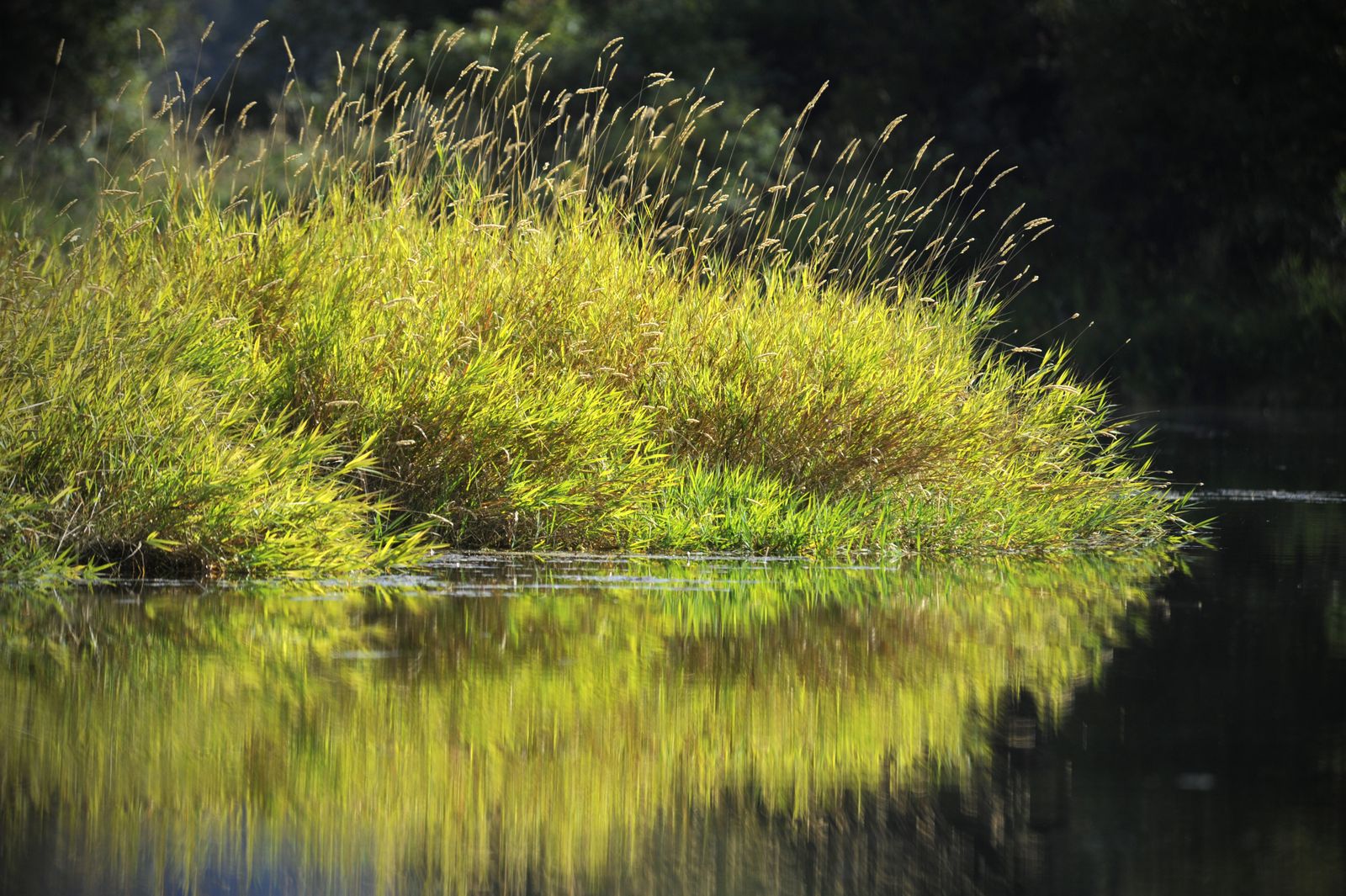
This innocuous grass, reed canary grass, has pushed out many native species of grasses, reeds and flowering plants in the Clark Fork River delta, Monday, Sept. 22, 2014. The grass is commercially grown for hay.
Jesse Tinsley The Spokesman-Review Buy this photo
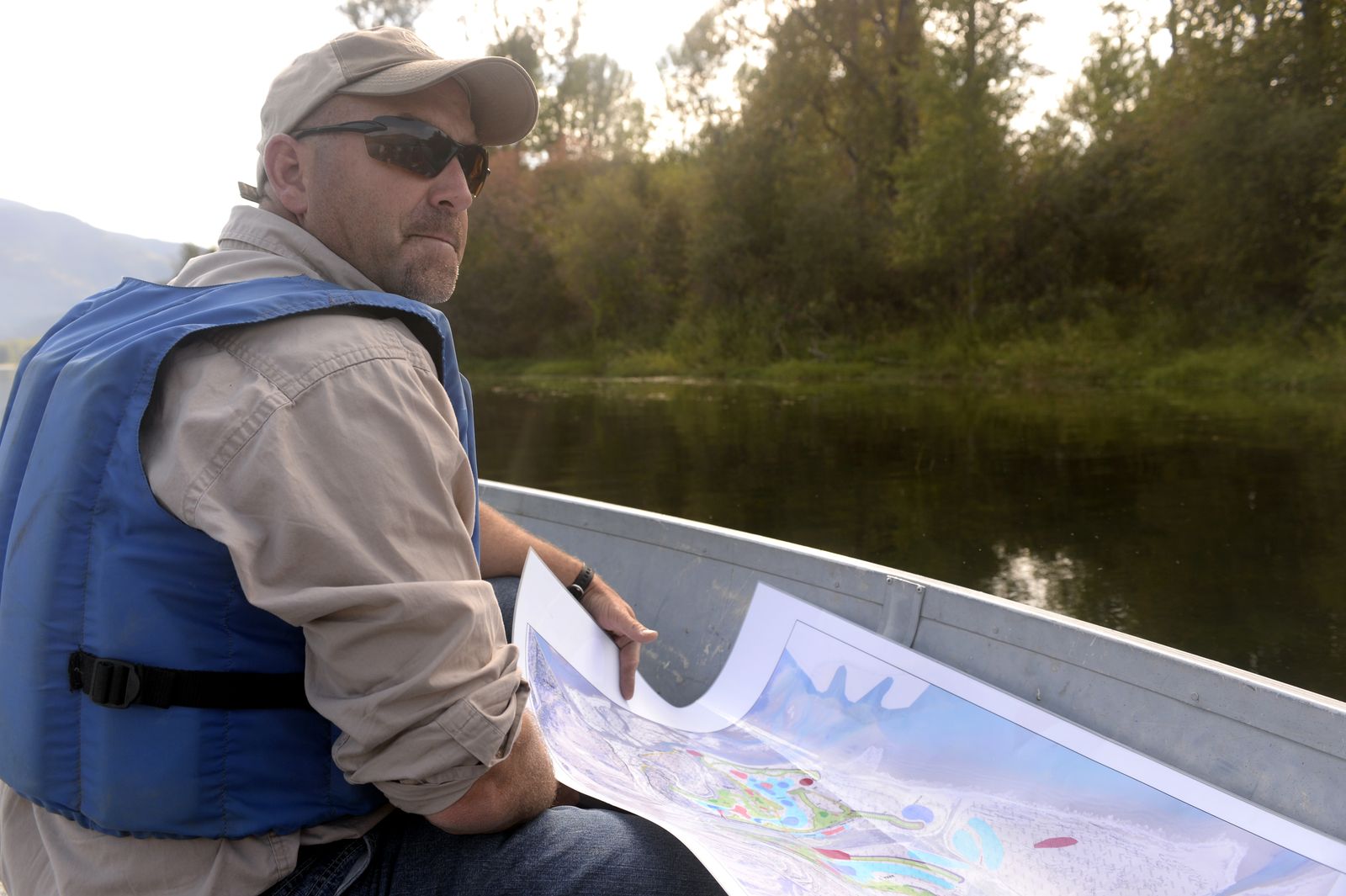
Brian Heck, an engineer for Ducks Unlimited, looks at the eroded banks of islands in the Clark Fork River delta, Monday, Sept. 22, 2014.
Jesse Tinsley The Spokesman-Review Buy this photo
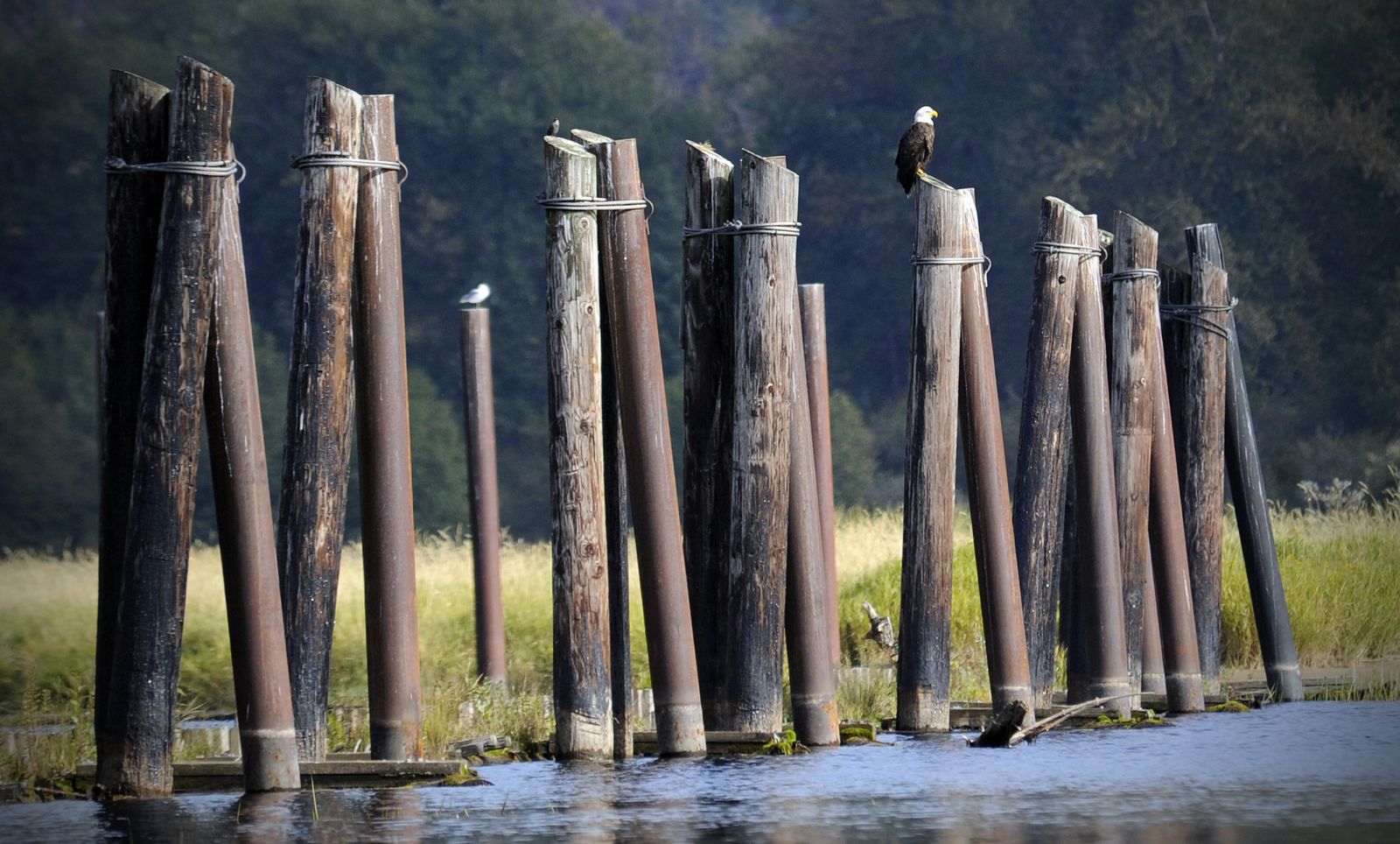
A bald eagle sits on pilings that once guided saw logs in the Clark Fork River delta, Monday, Sept. 22, 2014.
Jesse Tinsley The Spokesman-Review Buy this photo
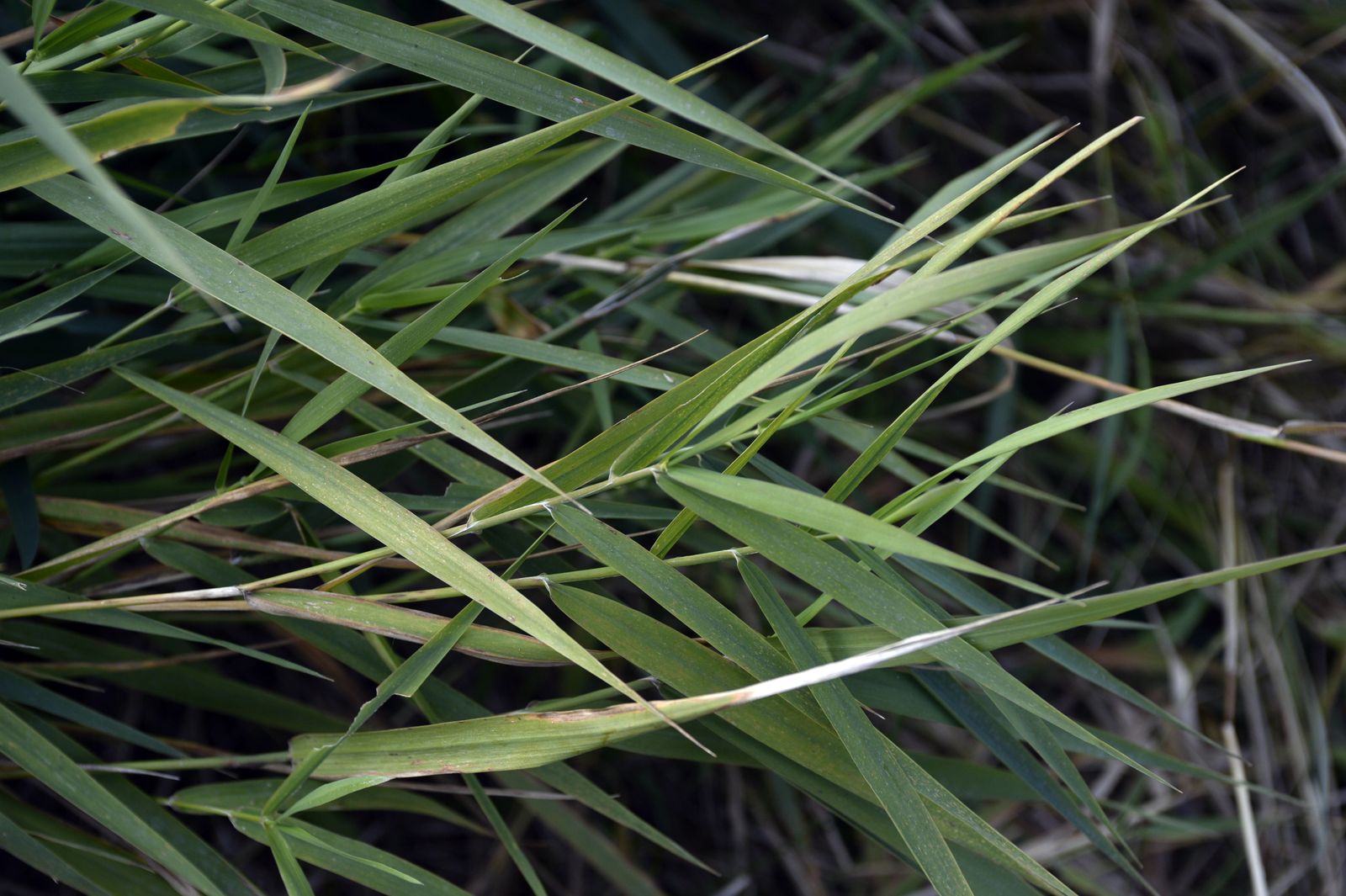
This innocuous grass, reed canary grass, has pushed out many native species of grasses, reeds and flowering plants in the Clark Fork River delta, Monday, Sept. 22, 2014.
Jesse Tinsley The Spokesman-Review Buy this photo
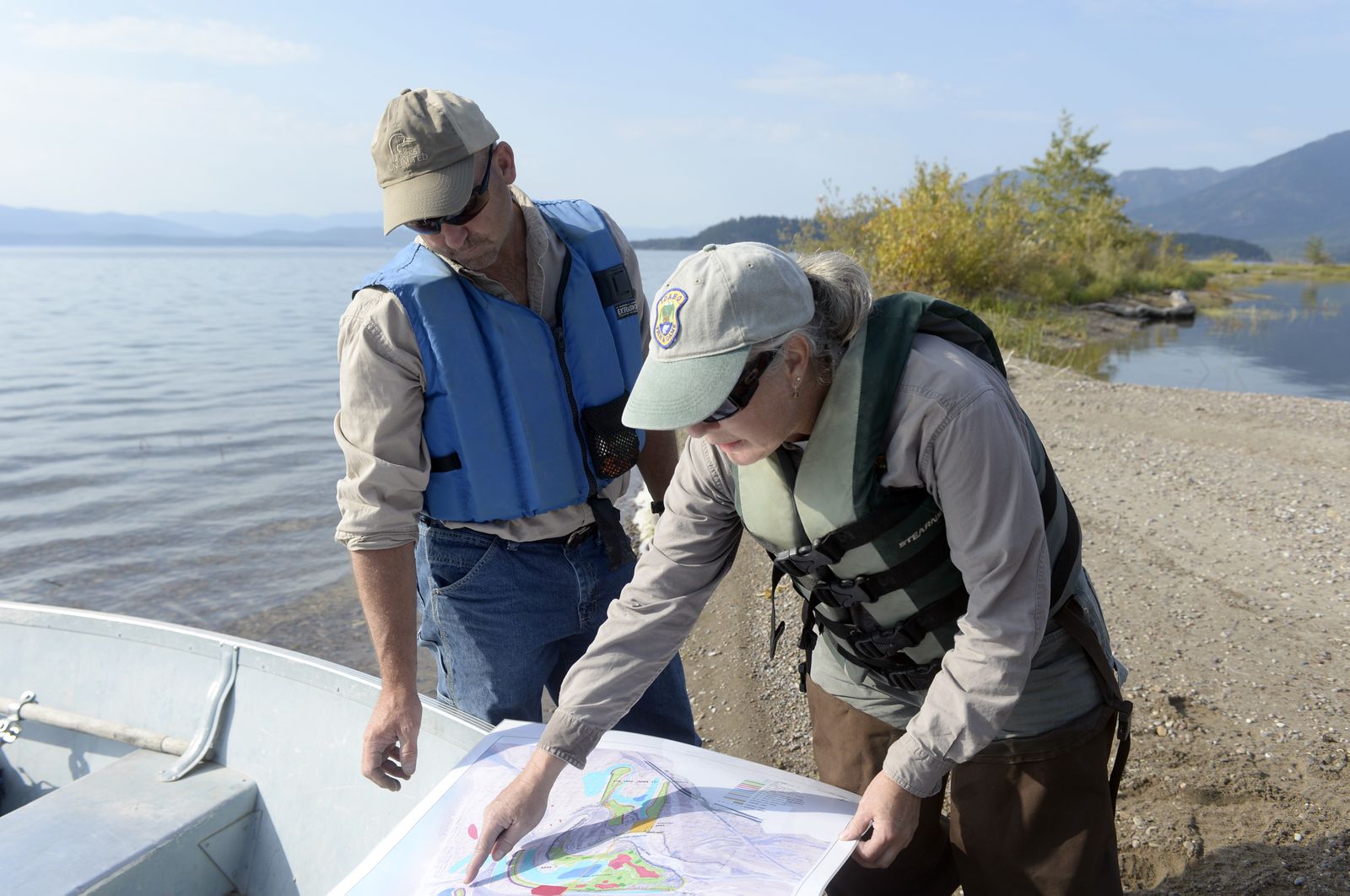
Brian Heck, an engineer for Ducks Unlimited, and Katherine Cousins of the Idaho Department of Fish and Game look over a map detailing work to be done in the Clark Fork River delta, Monday, Sept. 22, 2014.
Jesse Tinsley The Spokesman-Review Buy this photo
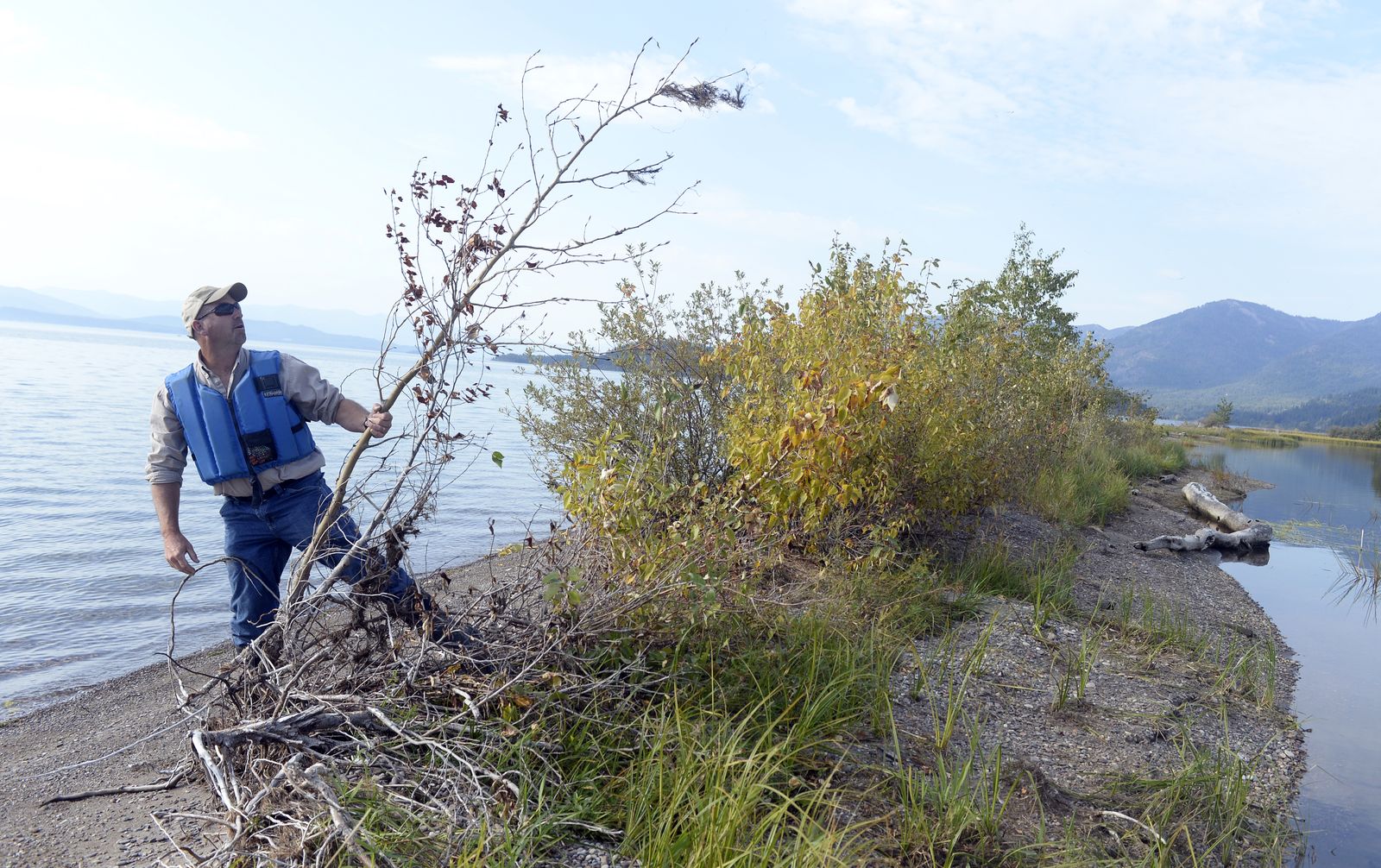
Brian Heck, an engineer for Ducks Unlimited, looks at what’s left of the vegetation on sandbar in the Clark Fork River delta, Monday, Sept. 22, 2014.
Jesse Tinsley The Spokesman-Review Buy this photo
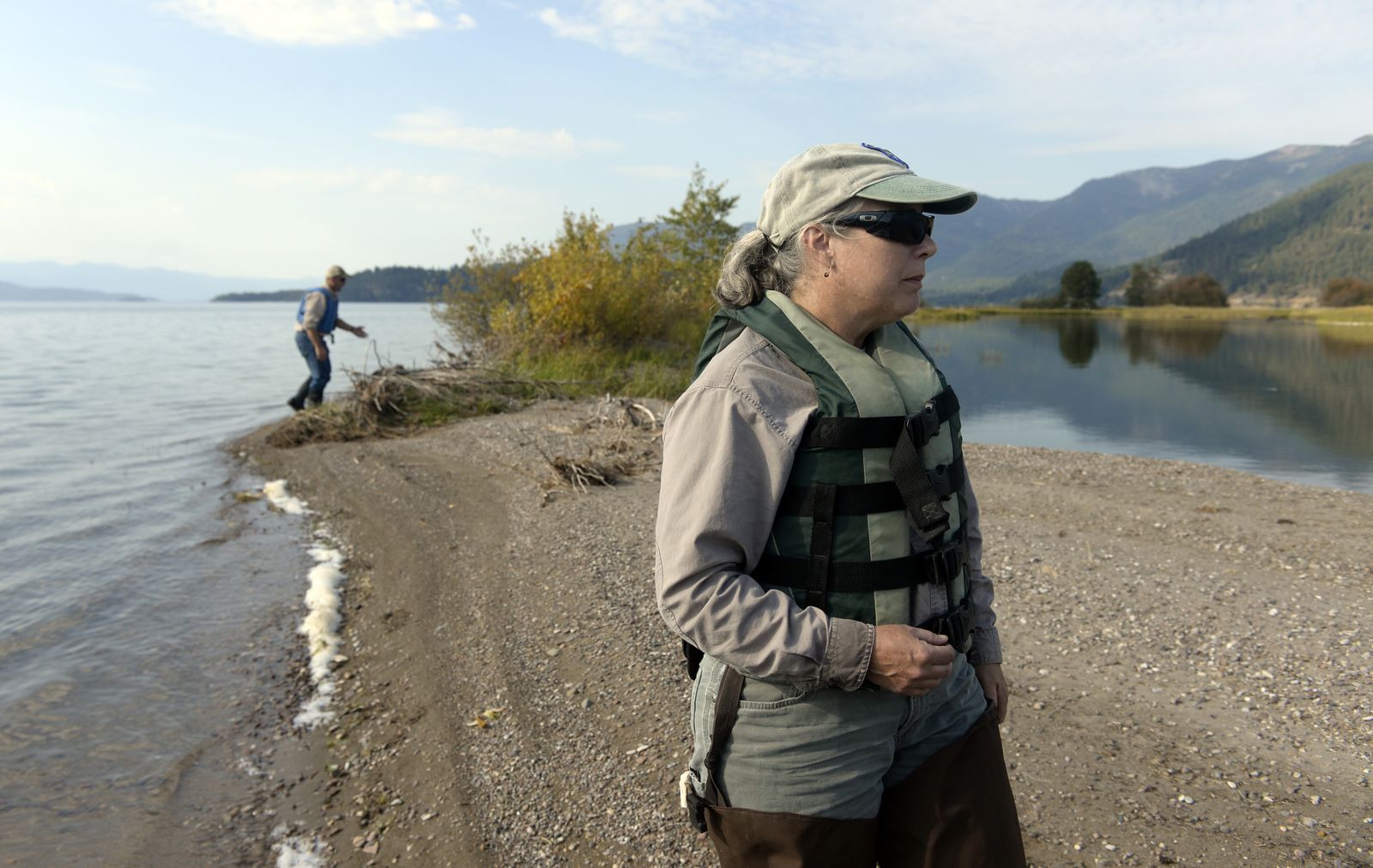
Brian Heck, left, an engineer for Ducks Unlimited, and Katherine Cousins of the Idaho Department of Fish and Game look over a heavily eroded area in the Clark Fork River delta, Monday, Sept. 22, 2014.
Jesse Tinsley The Spokesman-Review Buy this photo
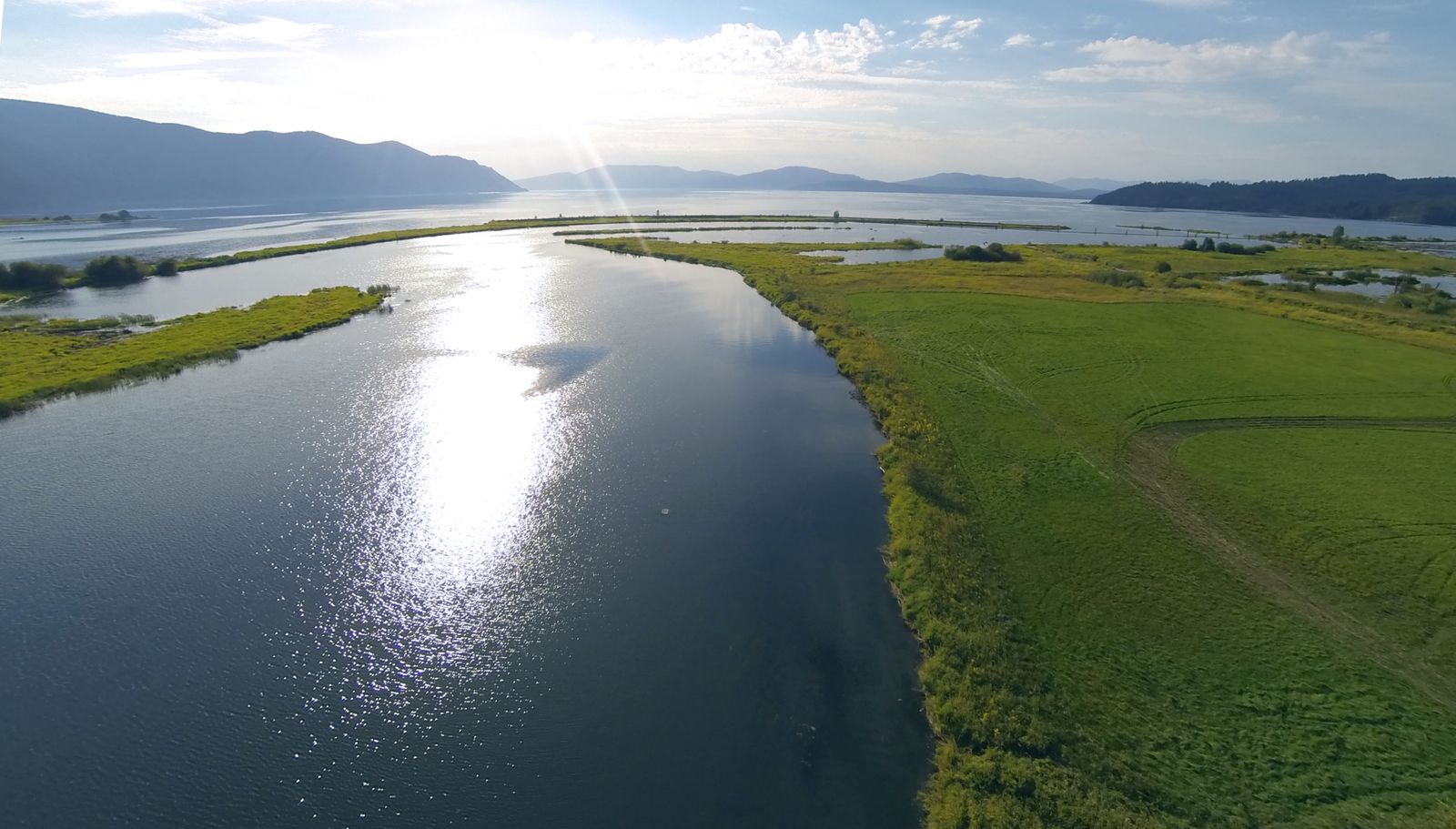
The Clark Fork River delta, where it empties into Lake Pend Oreille, is an area of low-lying islands and channels and a popular place for waterfowl hunters and kayak tourers. The area has been been changed by erosion over the years, especially since the Cabinet Gorge and Noxon Rapids dams were installed in the 1950s. A project this winter will reinforce some banks, change the contour of some areas to provide enhanced habitat and attempt to eradicate invasive plants.
Jesse Tinsley The Spokesman-Review Buy this photo